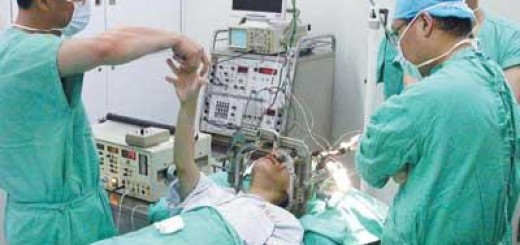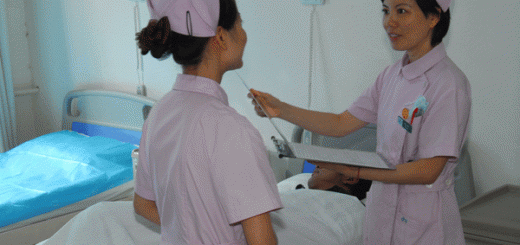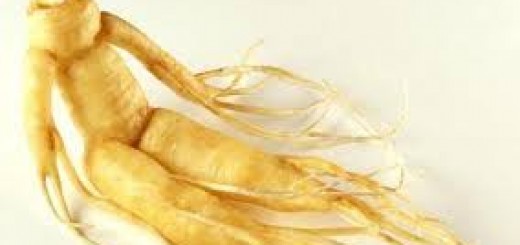小膠質細胞是從巨噬細胞轉化過來的。巨噬細胞在炎症的發生過程中發揮著重要的作用。但是,過度和長時間的激活導致細胞的炎症損傷,從而引發一系列的生理功能障礙和慢性炎症性疾病,如關節炎、神經退行性變化(多發性硬化)等。
小膠質細胞的過度激活導致許多炎症介質(如腫瘤壞死因子,白介素等)的釋放,這些炎症介質的持續存在可以導致神經元的功能失常,嚴重時可以導致神經元死亡,從而誘發一系列的神經精神改變。
發表在”Neural Regeneration Research”雜誌的一片文章發現:人參達瑪烷皂苷Rb1能夠有效抑制小膠質細胞的激活和降低炎症介質釋放,從而有效保護神經元細胞。
Related Articles:
Ginsenoside Rb1 attenuates activated microglia-induced neuronal damage.
Neural Regen Res. 2014 Feb 1;9(3):252-9
Authors: Ke L, Guo W, Xu J, Zhang G, Wang W, Huang W
Abstract
The microglia-mediated inflammatory reaction promotes neuronal damage under cerebral ischemia/hypoxia conditions. We therefore speculated that inhibition of hypoxia-induced microglial activation may alleviate neuronal damage.
To test this hypothesis, we co-cultured ginsenoside Rb1, an active component of ginseng, and cortical neurons. Ginsenoside Rb1 protected neuronal morphology and structure in a single hypoxic culture system and in a hypoxic co-culture system with microglia, and reduced neuronal apoptosis and caspase-3 production. The protective effect was observable prior to placing in co-culture.
Additionally, ginsenoside Rb1 inhibited levels of tumor necrosis factor-α in a co-culture system containing activated N9 microglial cells. Ginsenoside Rb1 also significantly decreased nitric oxide and superoxide production induced by N9 microglia.
Our findings indicate that ginsenoside Rb1 attenuates damage to cerebral cortex neurons by downregulation of nitric oxide, superoxide, and tumor necrosis factor-α expression in hypoxia-activated microglia.
PMID: 25206809 [PubMed]
Source: Dammarane Saponins















































